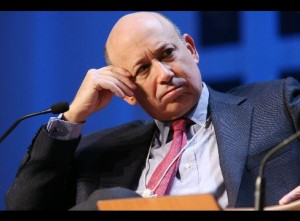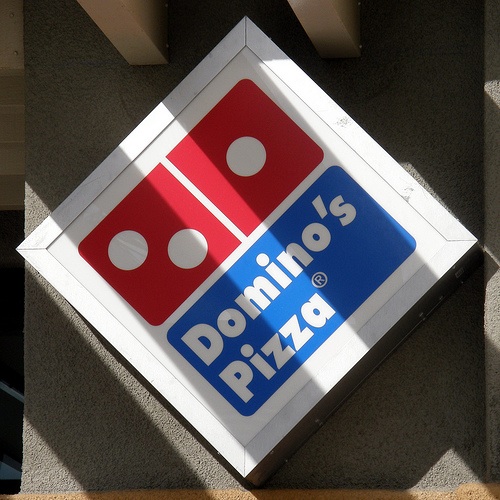
Prize Pig by The Pug Father
“An informed and responsive public is essential to minimizing the health effects of a pandemic and the resulting consequences to society.” One principle of the HHS Pandemic Influenza Plan
Several years ago, when there was a large fear of avian flu, I spent a considerable amount of time researching past flu outbreaks, and what worked and what didn’t work for business preparedness planning and response.
Businesses and other large organizations (like non-profits and religious organizations) play an important part of the broader communication efforts both before and during a pandemic flu. The tricky balance for businesses (as well as governments, officials and other bodies) is in communicating important and helpful information while not unnecessarily alarming or panicking employees.
It’s important to note that we’re not currently at the pandemic flu phase with the swine flu situation. As of today, there are 64 confirmed cases of swine flu in the United States and hundreds of cases worldwide, the United States has declared a public health emergency, and the World Health Organization (WHO) has upgraded the pandemic alert level from phase 3 to phase 4. The phase 4 designation means that “the likelihood of a pandemic has increased, but not that a pandemic is inevitable.”
This is not the first time swine flu has affected human populations in the U.S. The 1978 book, “The Swine Flu Affair: Decision-Making on a Slippery Disease” is a review of the federal swine flu program from March 1976 to March 1977 by two Harvard professors, Richard E. Neustadt and Harvey V. Fineberg.
The 1970’s swine flu outbreak in the U.S. is believed to have started at Fort Dix, NJ. At Fort Dix, there was 1 death, 13 illnesses, and 500 people who caught but resisted the disease. The federal swine flu program launched in March 1976, and over 40 million Americans were inoculated.
(If you’re interested in the history of pandemics, the book “The Great Influenza” by John M. Barry is a fantastic account of the 1918 pandemic.)
Whether in response to swine flu, avian flu, or other potentially pandemic flu’s, there are some best practices that organizations can adopt to help employees.
General flu prevention and communication generally boils down to a “everything I need to know I learned in kindergarten” approach:
1. Cover mouth + nose when coughing or sneezing (but avoid touching)
2. Wash hands frequently for the length of time it takes to sing “Happy Birthday”
3. Keep work area clean
4. If sick, stay home
5. Avoid close contact with sick people
Pandemic flu communication from businesses should include:
1. Basic protection information for employees + their families
2. Unique aspects + symptoms of swine flu (vs. other types of flu)
3. Facts + misconceptions about vaccines
4. Company policies about working from home, office leave, transportation, etc.
5. Support services available and/or mental health resources
6. Discussion about uncertainty
The best practices for pandemic flu communication for businesses:
1. Coordinate communications internally
2. Develop language and culture-appropriate materials
3. Communicate uncertainty
4. Plan for rumors and misinformation
5. Coordinate with all stakeholders, including public health agencies if necessary
6. Use correct information
7. Stress universal hygiene behavior and show ways to minimize risk
8. Use multiple channels to communicate
9. Communicate a company response plan (if there is one, and if not, think about developing one)
10. Explain HR policies
Companies should also be prepared for unexpected questions with uncertain answers. For example, some employees might wonder if their pets are at risk. It may seem silly, but pets are an integral part of many of our households (certainly in mine), and often feel like members of our families.
Social media is also playing a role in how people are learning about and sharing information on swine flu through Twitter, Google Maps and other channels. (There’s also some debate about whether social media is a contributing factor in spreading more panic.) Ogilvy’s London office has a “Swine Flu Dashboard” that shows the aggregated swine flu conversation across the social web.
Other Resources
There are many pandemic flu resources from governmental and health sources that may be helpful for businesses:
We’ll be covering this topic as it progresses. What else do you want to know about swine flu? What else should organizations keep in mind? Do you think social media is playing a role in amplifying fear?









